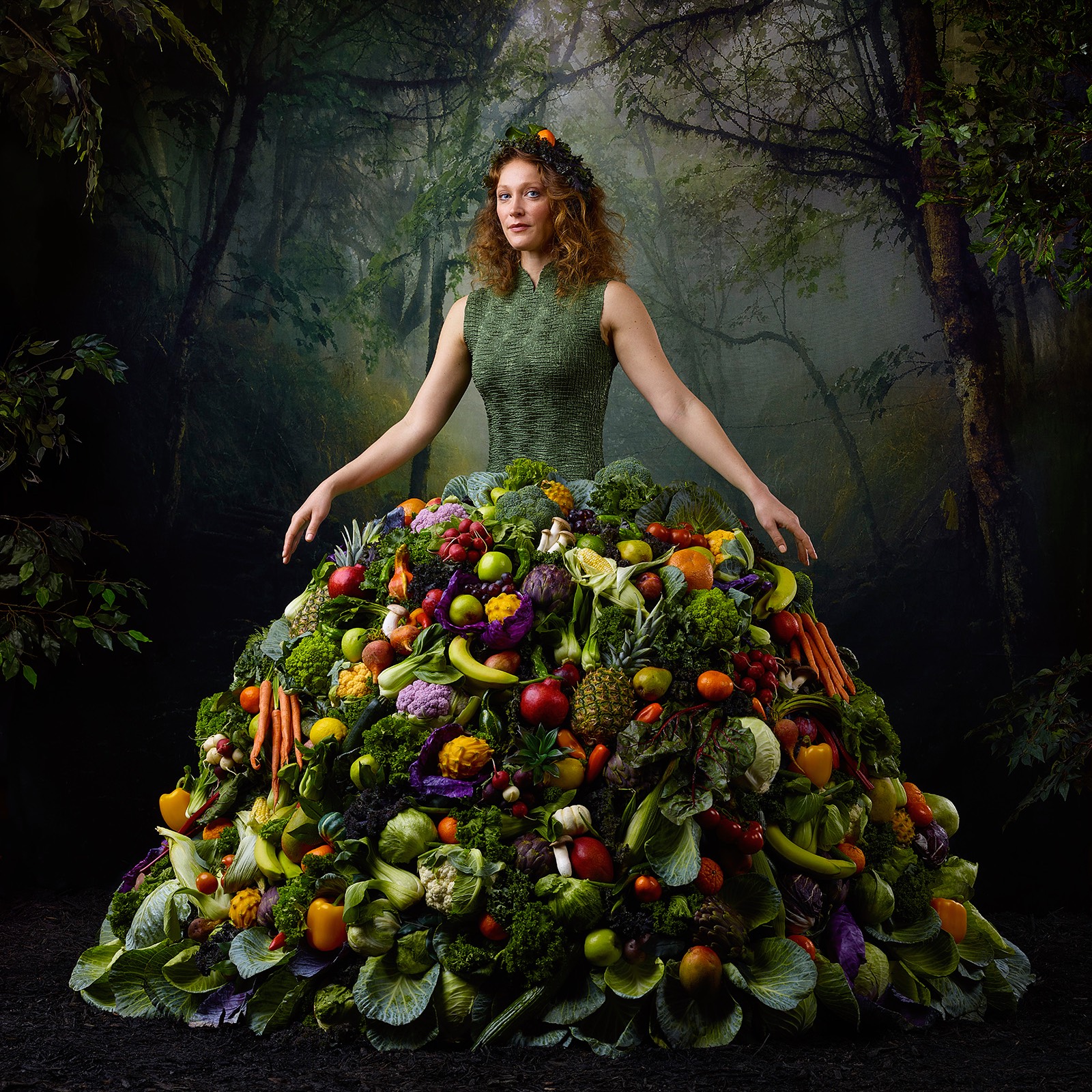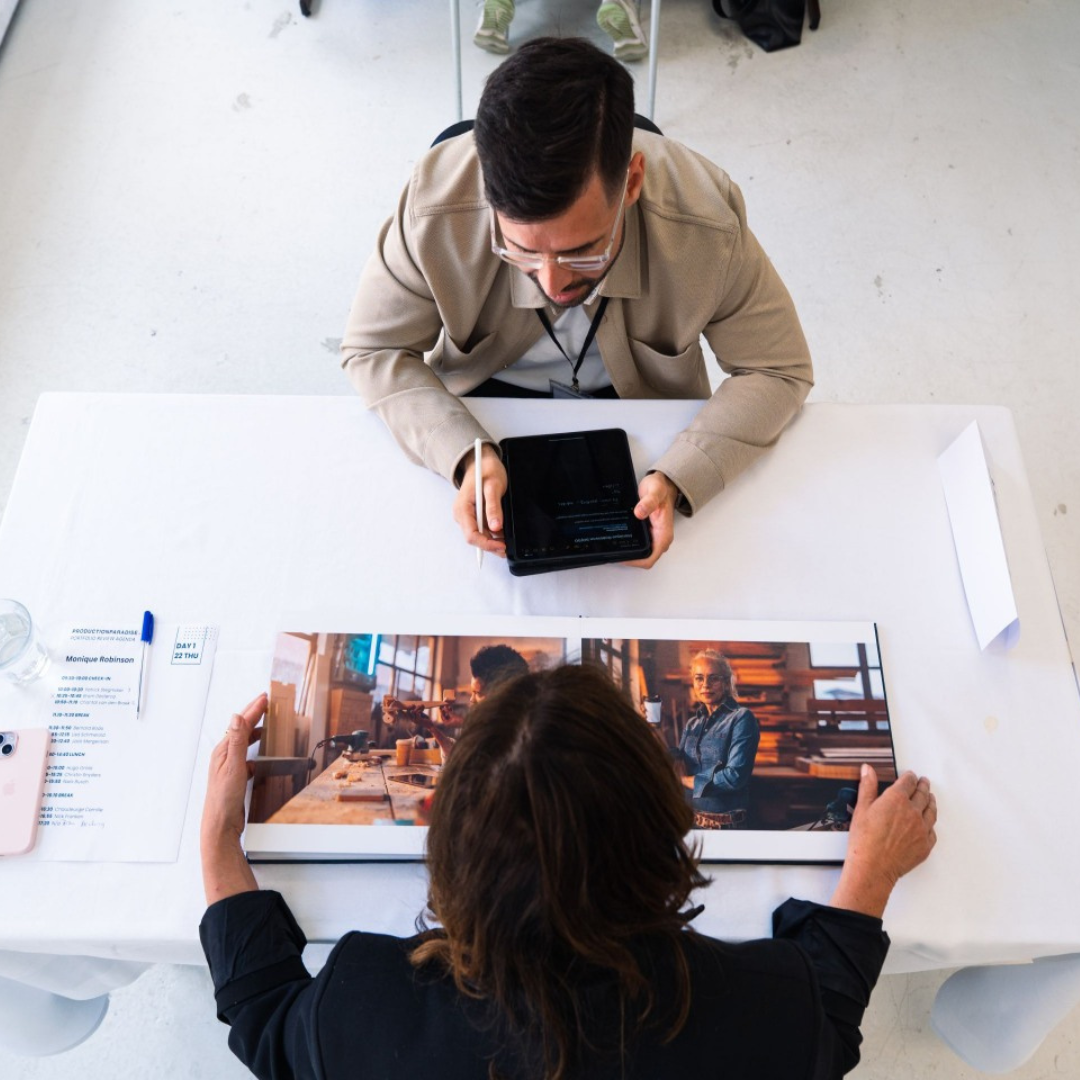We had a chance to ask one of our Spotlight Awards judges, Chris Little, a few questions about his work as a creative director, new technologies in image making, trends, and more. Chris is a Group Creative Director at Ogilvy Australia and a judge in the Car Photography and AI Image Developing & Creating categories in the Spotlight Awards this year.

Production Paradise: Given your background in both client-side and agency roles, what differences are there when it comes to the creative process?
Chris Little: I can obviously only comment on my experience, but the two major differences in the process were collaboration and perspective. When I was working client side it was just myself and a designer who were traditional creatives, so the chance to bounce ideas off a team was limited. Sometimes that was good, but mostly for the sake of the idea it stunted the true potential of the thought. Which is a good segue into the next point, perspective. When working internally it’s very easy to lose perspective, “get drunk off the Kool-Aid” or caught in your own echo chamber because you’re so close to the business. That’s the beauty of an agency. The distance or separation offers an invaluable dose of reality and a truer perspective on the brand’s end user, its customer.
Production Paradise: You have a background in design, does this influence your current role as Creative Director at Ogilvy Australia?
Chris Little: Massively. I manage the design team at the moment, and I’m obsessed with the change this team is witnessing. The leaps in technology and the constant blurring of disciplines are so exciting. The struggle is ensuring the business and our clients understand, appreciate and most importantly value the process. But in my day to day, design plays a huge role, in every brief, ensuring the art director or designer has gone wide enough before landing on a direction. And making sure we push the work and craft as far as humanly possible before we hit send. In my opinion design, not just graphics, is the bridge between Ogilvy’s twin peaks of effectiveness and creativity.
Production Paradise: What are your thoughts on the integration of technology and photography (AI)? How do you perceive the role of this kind of digital advancement now and in the future?
Chris Little: Oh gosh, where do I start? I find it hugely exciting. The third act in the digital shift (internet, mobile, machine). I’m not going to lie, when I hear of military drones attacking their pilots and Twitter bots going rogue I do feel like I’ve seen this movie before, but creatively I think it’s fascinating as a way to augment, not replace the human in the creative process. This may be controversial to the purists, but the way Paul McCartney is using AI to complete John Lennon’s unfinished vocals for an unreleased Beatles song is a perfect example. But on the flip side, I also love what my ultimate creative crush, Nick Cave, says about AI on his incredibly intimate blog The Red Hand Files. In short, do you really want to be that person that they quote in a decade saying it’s just an ugly trend with no real-world application?
Production Paradise: How would you say car photography has evolved in recent years and what changes do you think are coming next?
Chris Little: I personally haven’t seen a huge shift in car photography, which I find strange given the monumental shift that the automotive industry is in the midst of. Unfortunately, I see more and more renders of cars, usually of questionable quality, poorly worked onto real-world plates, and of course way too many drone shots. So, I suppose the changes I have seen, at least in the Australian market have been underwhelming. In terms of what I think and hope is coming next, I’d love to see cars shot more in the moment, less locked off, composed, and retouched to death. More humanity than metal, capture the emotion of driving a car, the movement, the light, the places it can take you, and the conversations it can spark. There’s a lot of discussion from car lovers around EVs being glorified home appliances, so I suppose the more we remove that texture and honesty from car photography, the closer we get to that world.
Production Paradise: What advice can you give to photographers that would like to specialise in car photography?
Chris Little: Geez, who am I to give advice on such a specialised skill, but you asked…so, here goes. Any creative work, whether it be a campaign, artwork, design, fashion or music is always at its best when it’s composed around a great idea. It’s no different for great photography, and when it comes to car photography, sure it makes sense to shoot a 4WD offroad to demonstrate its offroad capability but what else? Your shot can’t begin and end at a location, regardless of how exotic. Study the vehicle, what can it do that no other vehicle in its class can do? Is there an interesting provenance angle? How does it make the driver feel? Does the model name take you in a particular direction? Essentially go deeper than the category tropes and tell a story rather than just take a shot of a car in a space. Give the car a personality, and an attitude, and make it more than just “metal”.
Production Paradise: Having worked with market-leading brands, what do you believe makes a photograph stand out and effectively communicate a brand’s message or essence?
Chris Little: A commercial photographer is somewhat beholden to the creative team, and that team is similarly controlled by the client. So, the one thing that will always make a photograph jump off the page, above a great idea, will be bravery from all parties involved. The bravery to take a chance on a concept, a different approach, a distinctive look. The bravery to trust in the experts you’re paying to do the job.
Production Paradise: Can you provide some examples or criteria that you consider when judging photographs in the Spotlight Awards?
Chris Little: First and foremost it’s instinctual, an almost physical, gut reaction to a shot, “Oooof that’s an amazing frame” that I always love feeling when I see great photography. For me, that’s a huge part in deciding on a shortlist. Then it’s about splitting the technical hairs, lighting, composition, storytelling, concept, post, grade, etc. But to be honest, and maybe I’m being a bit too honest here, the initial emotion of seeing a shot is hard to go past, like a magnet that keeps pulling you back to appreciate the art. That should be easy enough right?
Production Paradise: How important are online platforms for finding new talent? What sources do you use to find photographers?
Chris Little: Hugely. I actually take a look at every freelance or production house eDM that hits my inbox. I also find some great talent through Pinterest and visual bookmarking sites like Eyecandy but the real gold is stuffed away in a folder labeled ‘PHOTOGRAPHY’ in my Chrome bookmarks that I’ve dragged around from job to job over the last 15-plus years.
We thank Chris for taking the time to speak to us; now you know how to catch this judge’s eye, pick your best shots and enter the Spotlight Awards!


%20(2100%20x%20405%20px).png)


